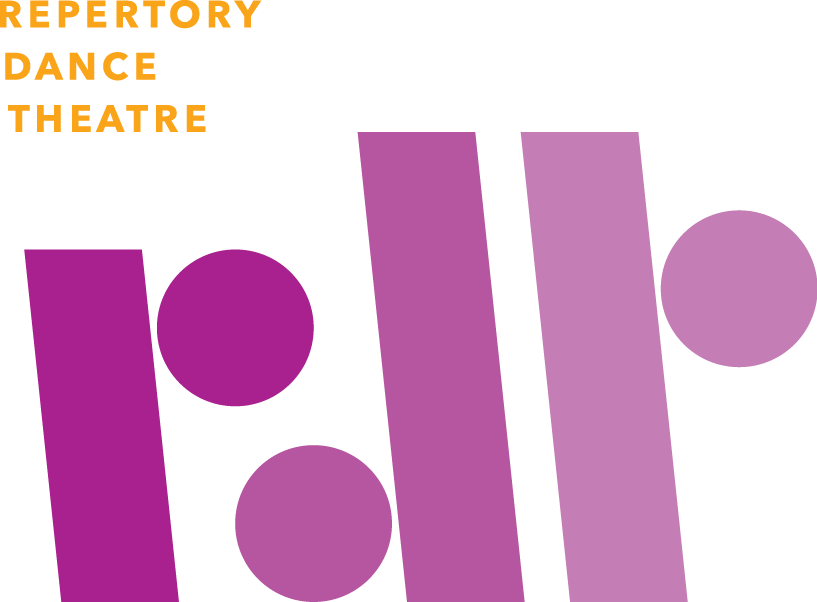Students will take inspiration from the choreographer Charles Moulton and his community based ball passing choreography. Students will learn basic ball passing movements and rhythms and create their own way of ball passing with their friends.
Learning Objectives/Goals
Students will work on the following: rhythmic accuracy, pattern work, precision, teamwork, cooperation, focus and coordination. They will also learn about the choreography method of music visualization.
Materials Needed
Tennis balls or ball of similar size. Each student needs to have 1 ball, so the amount of balls needed will depend on your student count that day. Music with a steady beat that can be used slow or faster depending on the students' ability to pass the balls. I would suggest "I Heard It Through The Grapevine." It works very well!
Introduction
Set class expectations. Right away, set rules for the balls. Like when you are talking no bouncing of the balls, or no bouncing of the balls at all. This will save a lot of noise in the room and allow you as the teacher to be heard. During the introduction of this lesson plan. I give a short bio of Charles Moulton and his work, then I show the students an excerpt of 60 person Ball Passing. After viewing about 4 minutes of the piece, I ask students what they noticed. Some of the common responses are: it's very precise, I can see the rhythm, it looks hard, they sure do need to work together, the movement mirrors the music, etc. Explain that this piece is a great example of music visualization, a piece of choreography that mirrors exactly what is happening in the music.
Warm-Up
Standing in the room without balls, have all students face front. Cross their right arm over their left, with right palm facing down and left palm facing up. Look to the left. Practice taking the right hand to the left, grabbing an imaginary ball then passing to an imaginary person's hand on the left side of you. Pass on the downbeat and grab the ball on the &. (1 pass, & grab, 2 pass & grab, 3 pass & grab, 4 pass & grab, etc.) Try doing this to a steady beat. It will be surprisingly challenging for many students. Then try the opposite or the reverse. Cross the left arm over the right, with the left palm facing down and the right palm facing up. Look to the Right. Practice the same imaginary passing but in the opposite direction this time. Try with just counting and then with some music.
Investigate
Group the students in small circles and give them each 1 ball. Then have them try SLOWLY passing in the same way they were practicing with imaginary balls in the warm-up, but this time using balls. Try 8 passes to the right, then 8 passes to the left. This will take awhile and there will be lots of dropped balls and mistakes, but practice is the key! Communication is the key! Let them practice, count out loud, talk to one another and take time to get the pattern down. The switching from one side to the other is tricky and is done on the &. Keep the ball in the hand of the arm that is underneath the passing arm and then just put that arm over to start in the opposite direction on count 1. When they seem ready, try adding the music. Two more easy variations are: Pass and Punch and Flags For Pass and Punch, pass the ball like normal, but then take the ball just received and punch it high in the air, then tap it down and pass it over. (1 pass, & grab, 2 punch in air, & tap the ball on your hand) For flags, keep the ball but pass it from one hand to the other while sliding it down your arm. (1 pass to yourself, & slide down the arm)
Create
Start to create a pattern for students to practice. For example: 8 passes to the Right, 8 passes to the Left, 4 pass and punch to the Right, 4 pass and punch to the left, 8 flags
Practice this for awhile. Add music when they seem ready. Practice again!
Once they feel comfortable with the sequences, add some creativity! Have students create their own way to pass the ball in their group. Rules: must be done to the right and to the left; must have rhythm, and somehow the ball must pass from one person to the next. Once they have created a unique pass, have them add it to their previous pattern. Try with music.
Reflect
Ask students what they found surprising about this lesson. What did they find challenging? What part was easier then they expected? What did they enjoy about watching the other groups' patterns? Did this experience inspire any new ideas about choreography and ways to create dance?
Extension to the Lesson
There are many ways to use a prop in a dance. What other prop ideas can you think of to explore and use in combination with dance/movement? Scarves, chairs, balls are all common ones used. What else can you think of?
Follow-up Resources
Watch another Music Visualization dance using a big scarf, called Soaring.

